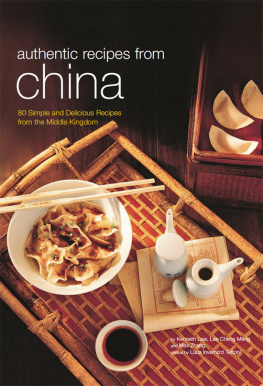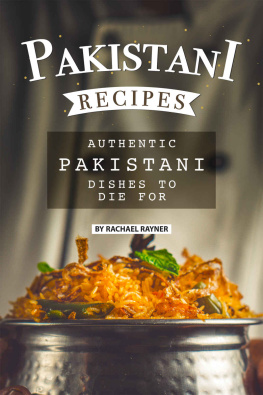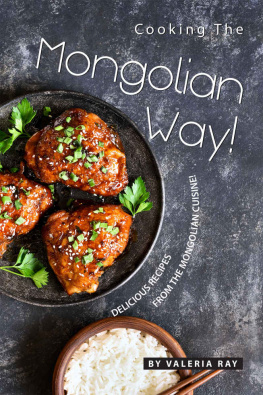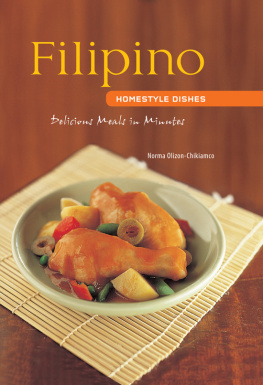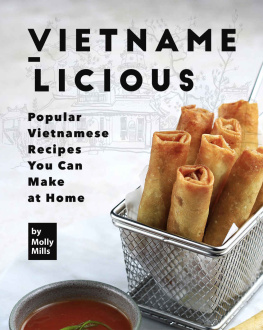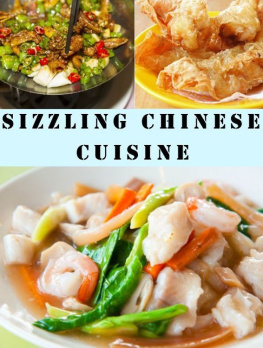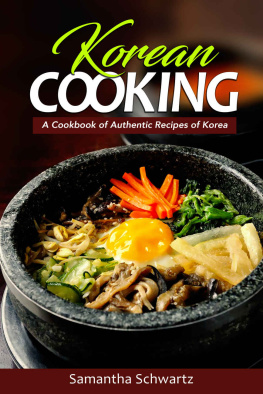All the Tea in China
Tea is a critical ingredient in Chinese life. Tea is drunk before a meal and after a meal, but rarely during a meal. Tea is drunk all day at work, at rest, when alone or with friends. Indeed, it is hard to imagine a situation in which tea is not present. Tea drinking is a Chinese invention, although the plant may have first been grown in Southeast Asia. In any case, the written record suggests that tea has been cultivated and drunk in China since the Han Dynasty (220 B.C.-A.D. 200).
The Japanese tea ceremony, which makes use of powdered tea and a bamboo brush to beat the tea until a froth appears on the surface, was inspired by Chinese tea customs in the Tang Dynasty. But the custom of drinking steeped leaf tea. as we know it today, began only during the Ming Dynasty (1368-1644). This accompanied the emergence of fine white porcelain that showed off the color and shape of the leaves to their best advantage.
There is only one tea plant, but many types of tea. Variations in color and flavor are obtained by the picking, fermentation, rolling and roasting time. Generally speaking, there are three types of tea: unfermented green tea, such as Longjing (Dragon Well); semi-fermented tea, such as Oolong; and fermented tea, such as the "black tea" (in Chinese, it is called "red tea") most popular in India and the West. Green tea is further mixed with jasmine blossoms to make jasmine tea. a favorite summer drink in North China. In South China, from Guangdong west to Yunnan, musty-rusty Pu'er tea is the most common drink.
Tea can be steeped in a pot or a cup. Fastidious drinkers discard the first, brief steeping as a way of cleaning the leaves and dilating them for the second steeping, regarded by many as the best. Good tea can be steeped as many as ten times. Judging from wine vessels found in archeological sites, it is likely that wine was first made in China from grain using the method of yeast fermentation around 5,000 years ago. when it was offered to the God of the Sun and the ancestors in rituals. The technique of distilling wine from kaoliang, a form of sorghum, became popular around 800 years ago.

Tea is more than just a drink in China, and the teahouse, where men gather to gossip, occupies much the same social role as a pub in England or a bar in France.

A surprising range of wines and spirits are found in special wine shops in China's towns and cities Cooking wines made from glutinous rice are found in regular provision shops.
The leading Chinese-style grain wines are classified as either "white" (bai jiu) or "yellow" ( huang jiu ). White wines are distilled spirits with an alcohol content ranging from 40 to 60 percent. The most famous brand of whitemore accurately, clearspirits is Maotai, made in the southwest province of Guizhou. These potent drinks are usually taken "straight up" in small cups or glasses during a meal.
Yellow wine, distilled from glutinous rice, is produced in the coastal area near Shanghai. The most famous source is Shaoxing, in Zhejiang Province. Yellow wine has an alcohol content of approximately 14 percent and is often compared to dry sherry It is frequently used in cooking and imparts a rich, yeasty flavor to fish and many other dishes.
The history of beer brewing in China goes back more than a century to the German concession in Qingdao (or Tsingtao), on the coast of Shandong Province. Qingdao is still home to the largest brewery in China today. Believe it or not, three billion beer bottles circulate freely among the breweries in China, and a bottle of beer costs no more than 25 cents.
Since 1990, food markets in China have been flooded with bottled mineral water; at present there are over 1,000 "sources" throughout the country. Several companies have also started selling distilled and filtered drinking water, yet another sign of the rising standard of living in China.
Chinese (understandably) never drink unboiled tap water. The strong chlorine taste in most city waterparticularly in the Shanghai area where much of the drinking water is taken from the Yangtze and has a muddy fragrance as wellmakes these bottled waters a welcome change, particularly for making tea, soup, rice and noodles.
Pork Dumplings in Hot Sauce
Dumplings are a favorite snack in most of China, from Beijing in the north to Shanghai on the east coast, from the southern province of Guangdong to Sichuan in the far west. The fillings differ from one area to another, as well as according to season. In summer in Beijing, the basic pork stuffing might be seasoned with fresh dill or chopped Chinese chives. The dumplings may be steamed, fried, boiled, served in soup (like the famous Cantonese wonton soup), or, as in this Sichuan version, bathed in a tangy sauce.
Filling
8 oz (250 g) ground pork
1 egg, lightly beaten
1/2teaspoons grated ginger
2 tablespoons rice wine or sake
1 teaspoon salt
1/4teaspoon ground white pepper
25 wonton wrappers
Sauce
1 clove garlic, minced
4 tablespoons soy sauce
1 tablespoon chili oil
1/2teaspoon sugar
1/2teaspoon ground cinnamon
2 spring onions, finely sliced
To make the Filling, combine all the ingredients, except for the wonton wrappers, and mix well.
Place a teaspoonful of the Filling in the center of a wonton wrapper and use a fingertip dipped in water to moisten the edge of the wonton wrapper. Fold the wrapper in half to make a semi-circle, then press firmly to enclose the Filling, making sure there are no air pockets inside the wonton. Repeat until all the Filling is used up.
Carefully lower the dumplings into a pot of boiling water with a strainer or slotted spoon. Simmer for 2 to 3 minutes and drain.
To prepare 4 servings, place 1/4 teaspoon garlic, 1 tablespoon soy sauce, a 1/4 teaspoon chili oil, a pinch of sugar, and a pinch of cinnamon in the bottom of 4 bowls. Divide the boiled dumplings among the bowls and garnish with sliced spring onion.
Makes 25 dumplings Preparation time: 30 mins Cooking time: 5 mins

Steamed Vegetable Dumplings with Black Vinegar Sauce
Tender parcels of stir-fried vegetables served with a hot and tangy sauce.
Filling
1 tablespoon oil
4 cloves garlic, minced
1 tablespoon grated ginger
6 dried black Chinese mushrooms, soaked in warm water for 10 minutes, stems discarded, and caps diced
1 teaspoon sesame oil
2 teaspoons soy sauce
2 cups (250 g) grated carrot
2 cups (250 g) shredded Chinese cabbage
1/2cup (100 g) water chestnuts, diced
2 spring onions, finely sliced
40 round wonton wrappers, 4 in (10 cm) across
Black Vinegar Sauce
2 tablespoons soy sauce
2 tablespoons chili oil
4 tablespoons black vinegar
1/2teaspoon sesame seeds
1 spring onion, thinly sliced
To make the Filling, heat the oil in a wok over medium heat. Add the garlic, ginger, mushrooms, sesame oil, and soy sauce, and stir-fry for 1 to 2 minutes. Add the carrot, cabbage, water chestnuts, and spring onion, stir-fry for 2 to 3 minutes until the vegetables soften, then remove from the heat. Place the vegetables in a bowl, draining any liquid before using.

